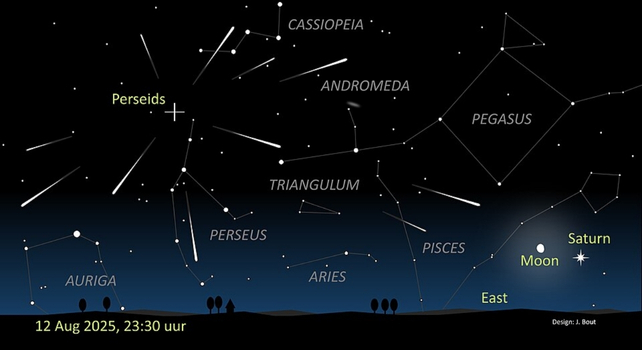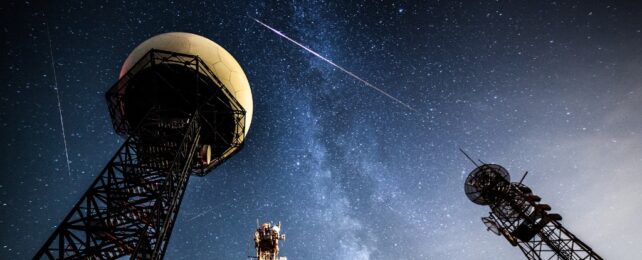The second half of July and the early days of August are the perfect time to get outside and look at the night sky.
That's when three of the year's best meteor showers peak, each with their own special idiosyncrasies. For the Northern Hemisphere, the balmy temperatures of summer will make meteor-spotting the perfect activity, while in the south, longer nights prolong the times for which meteors will be visible.
From around July 12, the Alpha Capricornids will be visible in northern and southern skies, peaking on July 29 to 30. The famous and beloved Perseids appear around July 17, peaking on August 12 to 13, primarily in the Northern Hemisphere. And finally, the Southern Delta Aquariids will start on July 18, with a peak on July 29 to 30.
You won't need any special equipment, but the Southern Delta Aquariids are on the fainter side, so binoculars may enhance your viewing experience.
Related: Meteor-Like 'Shooting Stars' Discovered in The Sun's Atmosphere
Multiple meteor showers appear in Earth's skies every year. They occur when our planet, traveling around the Sun, passes through the cloud of debris left behind by an asteroid or comet.
As these objects orbit the Sun, they shed material that remains on Earth's orbital path, just waiting for its moment.
When Earth moves into the cloud, pieces of that leftover comet-or-asteroid detritus smack into Earth's atmosphere, burning as they fall due to the conditions of atmospheric entry, creating a glowing trail or fireball that can be seen with the naked eye.
The Alpha Capricornids are the product of a short-period comet named 169/NEAT that orbits the Sun once every 4.2 years. Their radiant point, or place in the sky from which they appear to originate, is in the constellation of Capricorn.
This meteor shower is not particularly numerous; at its peak, it only produces about five meteors per hour. But what meteors! They shine exceptionally brightly, even in skies aglow with light pollution, making them one of the more popular meteor showers to watch for.
This year, the Alpha Capricornids' peak occurs when the Moon is in its low-illumination waxing crescent phase, which will also increase their visibility. The best time to view will be in the evening, starting around 10:00 pm your local time.
The Perseids, by contrast, are prolific. They originate from Comet Swift-Tuttle, a short-period comet that orbits the Sun every 133 years, and have a radiant near the constellations of Perseus, Cassiopeia, and Camelopardalis.

At their peak, you can expect to see 50 to 75 meteors per hour under dark sky conditions.
This year, that may be complicated by the waxing gibbous Moon that appears in the sky at the same time, but they should be active for the entire month of August, presenting ample viewing opportunities.
The best time for viewing is in the early morning, between midnight and dawn.

Finally, the Southern Delta Aquariids are probably from the short-period comet 96P/Macholz, which orbits the Sun once every 5.27 years, with a radiant point in the constellation Aquarius.
This meteor shower produces 20 to 25 meteors per hour in its 48-hour peak window, but they are pretty faint, and don't leave strong trails. However, this year the peak occurs during the waxing crescent Moon that sets before the radiation is high, which presents pretty optimal viewing conditions, especially between midnight and dawn.
This shower could also have a surprise in store. On two occasions – 1977 and 2003 – the Southern Delta Aquariids put on a much stronger show than usual, so it's possible that they may pull out all the stops this year, too.
If you want to get out there and spot some fireballs, your best bet is to download a sky-watching app such as Star Walk and keep your eye out for when each constellation is due to rise. And don't forget to pack all the creature comforts – blankets, snacks, and whatever equipment you might want to capture the moment on film.
